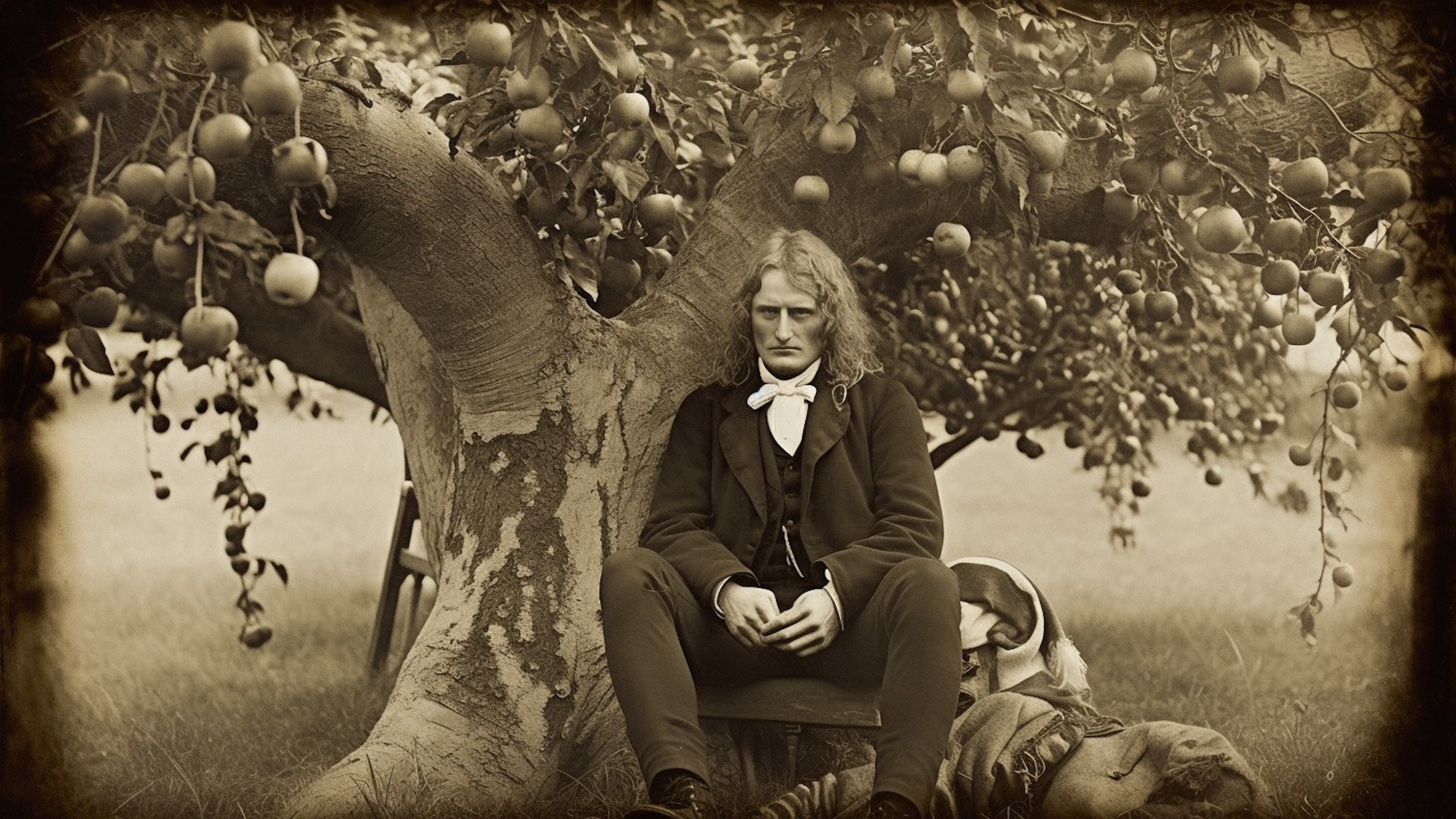Turn contradiction into success with the 4 “paradoxical marketers”

- Philosophers and psychologists agree that we all live in contradictions and paradoxes.
- Professor Carsten Lund Pedersen identifies four paradoxical roles for modern marketers.
- Useful lessons for our work-lives can be derived from each paradoxical role.
There’s an ancient Celtic poem called The Song of Amergin about a druid who arrives on the coast of Ireland. What’s unique about the poem is that most of its lines start with the words “I am,” followed by some name or detail. For instance:
I am the bull of seven battles.
I am the eagle on the rock.
I am a flash from the sun.
These are not the arrogant boasts of a chest-thumping bard. The poem is written to show that man cannot be reduced to one idea alone. Each of the names Amergin gives himself represents an aspect of his nature: a stag for strength, the sea for depth, a boar for coarseness, and so on. The noble and roguish, the ugly and beautiful, the public and private, are all represented by the names we wear.

The Song of Amergin teaches us a lesson usually learned in old age: we live in contradiction. Contained inside each of us is not one easily defined self. We cannot be summarized in a 200-character social media bio. As Walt Whitman knew, we contain multitudes. We are a flesh-and-bone paradox.
This existential fact does not stop being true when we walk into the office. We do not stop being complicated just because we wear a suit and carry business cards. Our working days are as paradoxically wrapped as our every day.
It’s this that professor Carsten Lund Pedersen from the Copenhagen Business School explores in a recent article, “The paradoxical marketer.”
The four paradoxical marketers
Markets have always been complex, confusing, and unpredictable. They are uncharted seas, sometimes wracked by ship-breaking storms, sometimes clear as a postcard day. And so, anyone who wants to sail those seas needs to get used to their mercurial sway. Marketers need to learn to roll with the changing tides.
The result is what Pedersen calls a “paradoxical marketer.” These are those who are pulled simultaneously in two directions. The wind blows from both sides. In his paper, Pedersen identifies four paradoxical roles for modern marketers: the Authentic Illusionist, the Conforming Rebel, the Empathetic Technologist, and the Artistic Scientist.
Authentic Illusionist: This role involves creating marketing experiences that are both magical and genuine, balancing surprise with authenticity. An advertisement needs to stand out without coming across as gimmicky. It needs to catch someone’s eye without making them roll. Pedersen cites “Tivoli, the Danish amusement park located in central Copenhagen. Tivoli’s slogan is ‘Always like never before,’ which expresses the tension between consistency (authenticity) and inconsistency (surprise).”
Conforming Rebel: This involves balancing the need to conform to societal norms and regulations while also engaging in corporate activism and challenging existing political and social structures. It needs to influence the market while also being influenced by wider societal trends. Pedersen cites Nike’s example of “For Once, Don’t Do It” about turning a blind eye to racism following the Black Lives Matter protests. This “both captured a zeitgeist and presumably sought to influence change.”
Empathetic Technologist: This role represents the fusion of technological proficiency with a deep understanding of empathy, crucial in an era where technology and human interaction intersect. We want new gadgets and gizmos, but we also want everyday human interactions. Technology must be seen to amplify, but not replace, human behaviors.
Artistic Scientist: Here, marketers integrate creative intuition with data-driven decision-making, balancing the art and science of marketing. A marketer needs to forensically study consumer behavior and performance analytics, but they also need to be spontaneous, exciting, and relatable. The paradox is how to be efficient without appearing cold. For Pedersen, Apple led the way here. They carefully targeted advertising but also made it beautiful.
Learning from paradox
Calling out a paradox and defining the problem is only the first step. The real trick is to see how we can learn from those paradoxes. Here we look at three examples of how we can walk the paradoxical tightrope in our own business.
Blend surprise with mission. One of the key problems the Authentic Illusionist highlights is how to excite your market without alienating them. How can you think outside the box without leaving the box entirely? Pedersen suggests that one way to do this is to never “surprise” too often. Be original. Be creative. But always return to your brand and your mission. Customers chose you for a reason, so return to that as much as possible. For example, in 2018, Chanel launched its AR mirror technology in its Paris flagship store. Customers could look in a mirror and “try on” a range of Chanel products. This was a great example of the paradox at play. The mirrors were authentic, exiting, and fresh, but they also never strayed from what Chanel does best.
Beware of the AI trap. The paradox of the Artistic Scientist is all the more relevant in a world of Large Language Models and everywhere AI. It is easy for a marketing manager to prompt, “Create a copywriting draft for my product” or “Suggest five ways this can engage more clients.” But the results risk becoming formulaic and cold. They will often be rote responses. LLMs specialize in reproducing average and expected prose, and so the result will be average and expected. This is not, in any way, to undersell LLM and AI. But it is a warning to be wary of generic prose created by boring prompts that never, once, pass the editorial oversight of a human.
Listen and learn. At the heart of being an Empathetic Technologist is one of the oldest rules of business: give the customer what they want. They do not want a technological product that derails their lives; they want one that supports or even expands it. Over on Big Think+, Tim Brown, chair of IDEO and author of Change by Design, gives us an interesting example: people designing medical technology. Brown tells us, “If you’re trying to deliver healthcare in a hospital, it’s unlikely that you have gone through every experience, for instance, of cancer. So it can be very difficult to kind of empathize with the user.” The lesson is to learn and to listen. Put yourself in the client’s shoes. And, for tips on that, Big Think+ has you sorted too; Dan Rosensweig, President & CEO of Chegg, teaches us how to really and properly listen to your customers.





